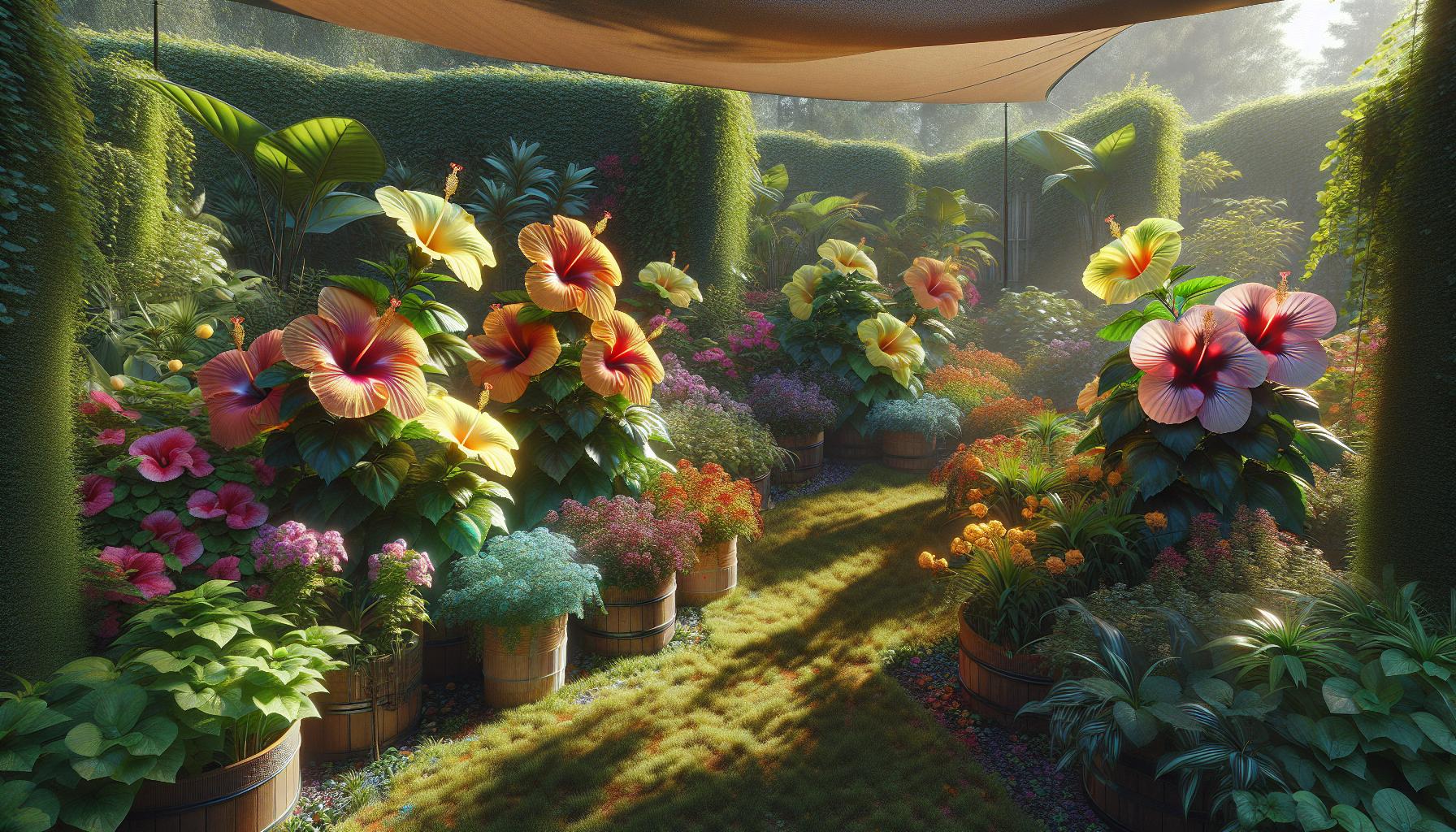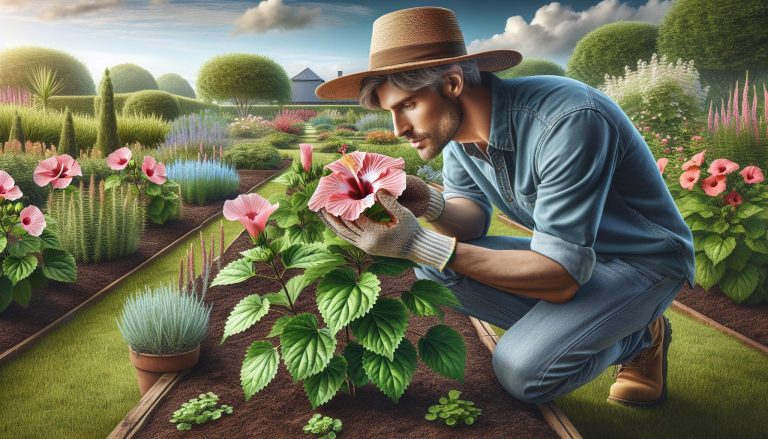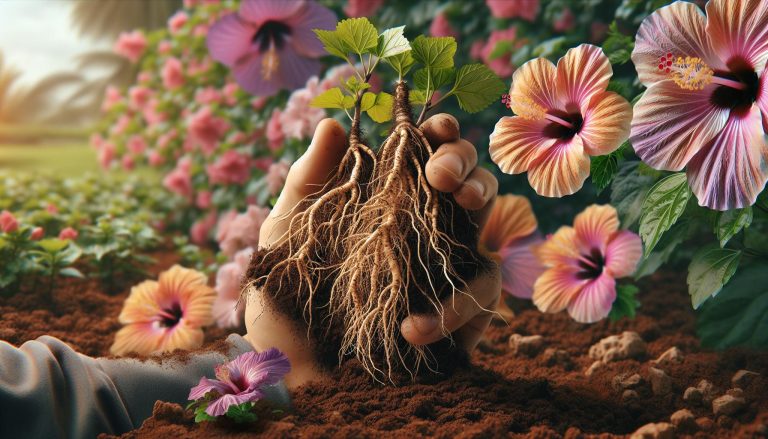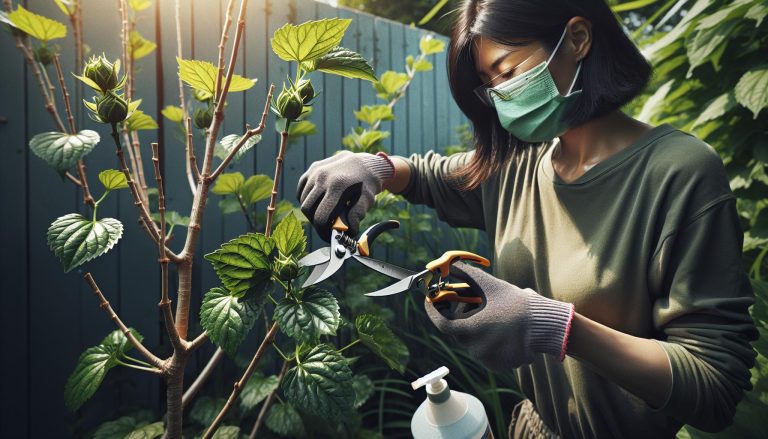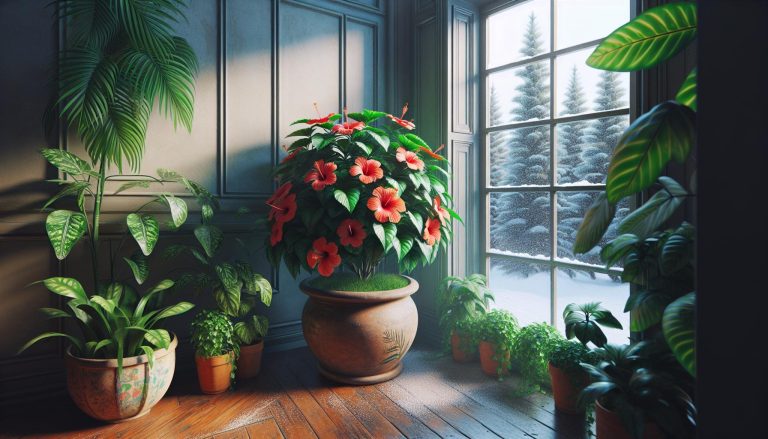Do Hibiscus Need Full Sun? Tips for Growing Vibrant Blooms in Any Light
As a passionate gardener, I’ve always been captivated by the vibrant beauty of hibiscus flowers. These tropical stunners can transform any garden into a colorful paradise. But when it comes to growing hibiscus, one question often arises: do they need full sun?
The answer isn’t as straightforward as you might think. While hibiscus generally thrive in sunny conditions, their specific light requirements can vary depending on factors like species, climate, and growing location. In this article, I’ll explore the optimal sunlight conditions for hibiscus plants and share tips on how to ensure your hibiscus blooms to its fullest potential.
Understanding Hibiscus Sun Requirements
Hibiscus plants have varying sun requirements depending on their species and growing conditions. To ensure optimal growth and vibrant blooms, it’s crucial to understand the specific light needs of different hibiscus varieties.
Different Types of Hibiscus Plants
Hibiscus plants fall into two main categories: tropical and hardy. Tropical hibiscus (Hibiscus rosa-sinensis) thrive in warm climates and are often grown as houseplants in cooler regions. Hardy hibiscus (Hibiscus moscheutos) can withstand colder temperatures and are typically perennial in USDA zones 4-9. Each type has unique sun requirements:
- Tropical hibiscus: Prefers 6-8 hours of direct sunlight daily
- Hardy hibiscus: Tolerates full sun to partial shade, needing at least 4-6 hours of direct sunlight
Some popular hibiscus varieties include:
- Chinese hibiscus (Hibiscus rosa-sinensis)
- Rose of Sharon (Hibiscus syriacus)
- Swamp mallow (Hibiscus moscheutos)
- Confederate rose (Hibiscus mutabilis)
General Light Preferences
While hibiscus plants generally prefer full sun, their exact light requirements can vary based on several factors:
- Climate: In hot, arid regions, hibiscus may benefit from afternoon shade to prevent leaf scorch.
- Season: During peak summer months, some protection from intense midday sun can be beneficial.
- Indoor vs. outdoor growth: Indoor hibiscus plants typically need bright, indirect light rather than full sun.
- Age of the plant: Young hibiscus plants may require gradual sun exposure to prevent shock.
To optimize growth and blooming, I recommend:
- Providing at least 6 hours of direct sunlight for most hibiscus varieties
- Monitoring leaf color and bloom production to adjust light exposure as needed
- Using shade cloth or positioning near taller plants for partial shade when necessary
By understanding these light preferences, you’ll be better equipped to provide the ideal growing conditions for your hibiscus plants.
Full Sun vs. Partial Shade for Hibiscus
Hibiscus plants thrive in various light conditions, depending on their specific variety and environmental factors. I’ll explore the benefits of full sun exposure and the advantages of partial shade for hibiscus plants to help you determine the best lighting conditions for your hibiscus.
Benefits of Full Sun Exposure
Full sun exposure offers several advantages for hibiscus plants:
- Increased bloom production: Hibiscus plants in full sun typically produce more flowers.
- Vibrant flower colors: Direct sunlight enhances the intensity and vibrancy of hibiscus blooms.
- Compact growth: Full sun encourages denser, bushier growth habits.
- Stronger stems: Sunlight helps develop sturdier stems, improving overall plant structure.
- Improved disease resistance: Adequate sunlight reduces the risk of fungal diseases.
- Protection from heat stress: Shade during hot afternoons prevents leaf scorching and wilting.
- Longer-lasting blooms: Flowers in partial shade often retain their color and shape for extended periods.
- Reduced water requirements: Plants in partial shade typically need less frequent watering.
- Better performance in hot climates: Some hibiscus varieties thrive in partial shade in regions with intense sunlight.
- Improved leaf color: Certain hibiscus types maintain greener, healthier foliage in partial shade.
Factors Affecting Hibiscus Sun Tolerance
Hibiscus sun tolerance varies depending on several key factors. Understanding these elements helps determine the ideal light conditions for your hibiscus plants.
Climate and Geographic Location
Climate and geographic location significantly impact a hibiscus plant’s sun tolerance. In cooler regions, hibiscus typically thrive in full sun, as the intensity of sunlight is less harsh. Conversely, in hot, tropical areas, hibiscus often benefit from partial shade during the hottest parts of the day. Coastal areas with high humidity levels allow hibiscus to withstand more direct sunlight compared to dry, inland regions. Altitude also plays a role, with plants at higher elevations requiring more protection from intense UV rays.
Soil Conditions and Moisture
Soil conditions and moisture levels directly affect a hibiscus plant’s ability to tolerate full sun. Well-draining, nutrient-rich soil helps hibiscus plants cope with intense sunlight by providing essential nutrients and preventing water-logging. Adequate moisture retention in the soil protects roots from heat stress, enabling the plant to withstand more sun exposure. Mulching around the base of the plant helps maintain soil moisture and regulates temperature, increasing sun tolerance. Plants in sandy or poor-quality soils may require more shade to compensate for reduced water retention and nutrient availability.
Signs of Inadequate or Excessive Sun Exposure
Hibiscus plants communicate their light needs through visible cues. Recognizing these signs helps maintain optimal growing conditions for your hibiscus.
Symptoms of Too Much Sun
Excessive sun exposure can damage hibiscus plants. Look for these indicators:
- Leaf scorching: Brown, crispy edges on leaves
- Wilting: Drooping leaves and stems, even with adequate watering
- Faded flowers: Blooms that appear washed out or pale
- Leaf drop: Premature shedding of green leaves
- Stunted growth: Slow or halted plant development
- Sunburned bark: Dark, rough patches on woody stems
- Leggy growth: Long, thin stems with sparse foliage
- Reduced flowering: Fewer blooms or lack of flower production
- Pale leaves: Lighter green or yellowing foliage
- Leaf drop: Lower leaves falling off prematurely
- Slow growth: Minimal new leaf or stem development
- Weak stems: Flimsy or floppy plant structure
- Small leaves: New foliage smaller than usual
Optimal Growing Conditions for Hibiscus
Hibiscus plants thrive under specific conditions that promote healthy growth and abundant blooming. Understanding these optimal growing conditions is crucial for cultivating vibrant and flourishing hibiscus plants.
Ideal Sun Exposure Times
Hibiscus plants generally require 6-8 hours of direct sunlight daily for optimal growth. Morning sun is particularly beneficial, providing essential light without the intense heat of midday. In hotter climates, limiting direct afternoon sun exposure to 4-6 hours prevents heat stress. During winter months, increasing sun exposure to 8-10 hours compensates for shorter days and weaker sunlight intensity.
Balancing Sun and Shade for Healthy Growth
Striking the right balance between sun and shade is key to maintaining healthy hibiscus plants. While full sun promotes vigorous growth and prolific blooming, partial shade in the afternoon protects against excessive heat and water loss. In areas with intense summer heat, providing dappled shade or using shade cloth during peak hours (typically 2-4 PM) helps prevent leaf scorch and flower wilting. For container-grown hibiscus, moving pots to shadier spots during the hottest part of the day offers flexibility in managing sun exposure.
Tips for Growing Hibiscus in Various Light Conditions
Growing hibiscus successfully requires adapting to the light conditions in your garden. Here are some tips to help you cultivate thriving hibiscus plants in different light environments.
Adapting to Your Garden’s Light Availability
To grow hibiscus in your garden’s specific light conditions:
- Assess your garden’s light patterns throughout the day
- Choose the right hibiscus variety for your light conditions
- Use container gardening for flexibility in light exposure
- Experiment with different locations to find the optimal spot
- Monitor plant health and adjust placement as needed
For areas with limited direct sunlight, opt for hardy hibiscus varieties that tolerate partial shade. In full sun locations, tropical hibiscus thrives. Container gardening allows easy relocation to optimize light exposure as seasons change.
Using Shade Cloth and Other Light Management Techniques
Employ these light management techniques for optimal hibiscus growth:
- Install shade cloth to filter intense sunlight
- Use reflective mulch to increase light in shaded areas
- Prune nearby plants to improve light penetration
- Utilize artificial grow lights for indoor hibiscus
- Create temporary shade structures during heat waves
Shade cloth with 30-50% light filtration protects hibiscus from scorching in hot climates. For shaded areas, reflective mulch boosts available light. Pruning surrounding vegetation improves light distribution. Grow lights supplement natural light for indoor hibiscus. Temporary shade structures offer protection during extreme heat periods.
Conclusion
Hibiscus plants are versatile and can thrive in various light conditions with proper care. While most varieties prefer full sun for optimal blooming, they can adapt to partial shade. The key is understanding your specific hibiscus type and local climate. By experimenting with different locations and using light management techniques, you’ll find the perfect spot for your hibiscus to flourish. Remember, gardening is about observation and adaptation. With patience and attention, you’ll be rewarded with stunning hibiscus blooms that brighten your garden all season long.

